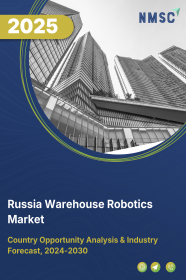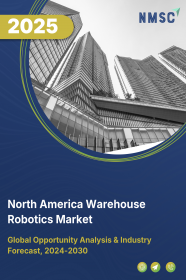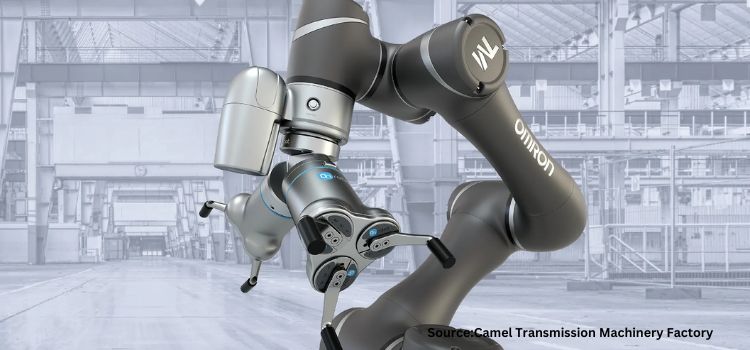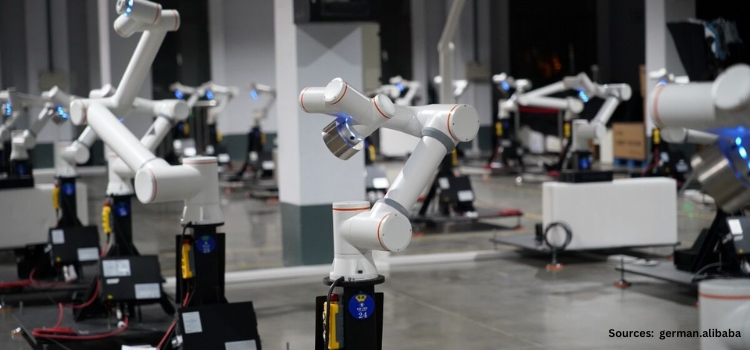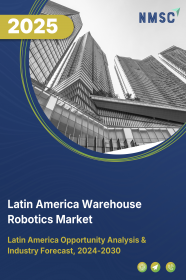
Latin America Warehouse Robotics Market by Type (Automated Guided Vehicles (AGVs), Autonomous Mobile Robots (AMRs), Articulated Robots, & Others), by Offering (Hardware, Software, and Services), by Payload Capacity (Less than 100 KG, 101-200 KG, 201-500 KG, and Others), by Application (Palletizing and Depalletizing, Sorting and Packaging, Picking and Placing, Transportation), and Others – Opportunity Analysis and Industry Forecast, 2025–2030
Industry: Semiconductor & Electronics | Publish Date: 29-Mar-2025 | No of Pages: 149 | No. of Tables: 114 | No. of Figures: 59 | Format: PDF | Report Code : SE3155
Latin America Warehouse Robotics Market Overview
The Latin America Warehouse Robotics Market size was valued at USD 922.7million in 2024, and is predicted to reach USD 2326.8 million by 2030, at a CAGR of 15.7% from 2025 to 2030.In terms of volume, the market size was 45.05 thousand units in 2024 and is projected to reach 122.37 thousand units by 2030, with a CAGR of 17.0% from 2025 to 2030
Latin America's expansion of the e-commerce sector is a driving force for warehouse robotics market as well as increasing labour costs lead to shifting towards robotics automation and is a driving force.
Robotic pickers, automated guided vehicles, and autonomous mobile robots are automated solutions that reduce labour shortages by reorganizing inventory management, order fulfillment, and material management. Though shortage of skilled manpower is hindering the growth limit the large-scale penetration of warehouse robotics, overall market growth in the region.
Increase in E-Commerce Boosts the Latin America Warehouse Robotics Market Growth
Latin America's rapidly growing e-commerce industry, boosted by high internet penetration and growth in online retail, is driving the demand for streamlined warehousing. With businesses making attempts to provide rapid delivery and manage high volume orders, warehouse robotics is set to become a necessity to automate sorting, packing, and inventory management.
The Latin America E-Commerce Association approximates the value of the country's e-commerce to be USD 26.5 billion in 2023 from USD 23.4 billion in 2022, and growth projections set the e-commerce to increase further to USD 32 billion in 2025. This sharp growth of e-commerce is promoting the uptake of supply chain robotics so that companies are able to raise efficiency levels and address increasing customer needs.
Rising Labour Costs are Primarily Driving the Latin America Warehouse Robotics Market Demand
With wages increasing and labour shortages increasingly common throughout the region, companies are finding themselves resorting more and more to automation as a means of mitigating this problem.
As reported by Inter-American Development Bank recently, Wage and non-wage expenditures in Latin America are 50% more expensive than in OECD nations when calculated as a share of workers' productivity.
Consequently, the increasing labour cost in Latin America is forcing businesses to make increased investments in warehouse robotics in order to improve efficiency and minimize cost of operations.
Lack of Skilled Workforce Hinders the Market Growth
Insufficiency of trained labor represents an important reason that holds back the Latin America warehouse robotics market expansion. The region lags behind the needed specialists of higher education qualification level, able to maintain complex systems of robot technologies in warehousing.
Therefore, these shortages keep firms away from taking optimal use of capabilities provided by technology in warehouses. As a result, many companies in Latin America may delay or limit the integration of robotics into their operations, hindering the overall market growth.
Introduction of Artificial Intelligence Creates Future Options for the Latin America Warehouse Robotics Market Trends
The addition of artificial intelligence in warehouse robotics is expected to play a major role allowing growth opportunity for the market in the future. AI induced solutions improves decision making, optimize inventory management and improve the accuracy and speed of operations that helps warehouses to become more accurate and adaptable.
As such in January 2025, Nvidia disclosed new AI development tools aimed at improving the potential of autonomous robots and vehicles. These models are mad to create synthetic data and simulate physical interactions, allowing developers to create designed templates for testing their AI systems before real-world.
These progresses will focus on the transformative potential of AI in automated warehouse systems, paving the way for smarter, more lively and highly efficient warehouse operations that meet the future demands of modern supply chains.
Competitive Landscape
The promising players operating in the Latin America warehouse robotics industry includes ABB Ltd., Omron Corporation, KUKA AG, Fanuc Corporation, Bastian Solutions LLC, Zebra Technologies, Dematic, Honeywell International Inc, Vanderlande Industries B.V., KNAPP AG, YASKAWA ELECTRIC CORPORATION, Amazon Robotics LLC, Toshiba Corporation, SSI Schaefer, K. Hartwall and others.
Latin America Warehouse Robotics Market Key Segments
By Type
-
AGVs
-
AMRs
-
Articulated Robots
-
Others
By Offering
-
Hardware
-
Software
-
Services
By Payload capacity
-
Less than 100 kg
-
101-200 KG
-
201-500 KG
-
Others
By Application
-
Palletizing and Depalletizing
-
Sorting and Packaging
-
Picking and Placing
-
Transportation
By End User
-
E-commerce
-
Automotive
-
Food & Beverages
-
Others
Key Players
-
ABB Ltd.
-
Omron Corporation
-
KUKA AG
-
Fanuc Corporation
-
Bastian Solutions, LLC
-
Zebra Technologies
-
Dematic
-
Honeywell International Inc
-
Vanderlande Industries B.V.
-
KNAPP AG
-
YASKAWA ELECTRIC CORPORATION
-
Amazon Robotics LLC
-
Toshiba Corporation
-
SSI Schaefer
-
K. Hartwall
REPORT SCOPE AND SEGMENTATION:
|
Parameters |
Details |
|
Market Size Value in 2024 |
USD 922.7million |
|
Revenue Forecast in 2030 |
USD 2326.8 million |
|
Value Growth Rate |
CAGR of 15.7% from 2025 to 2030 |
|
Market Volume in 2024 |
45.05 thousand units |
|
Unit Forecast in 2030 |
122.37 thousand units |
|
Volume Growth Rate |
CAGR of 17.0% from 2025 to 2030 |
|
Analysis Period |
2024–2030 |
|
Base Year Considered |
2024 |
|
Forecast Period |
2025–2030 |
|
Market Size Estimation |
Million (USD) |
|
Market Volume Estimation |
Thousand units |
|
Growth Factors |
|
|
Companies Profiled |
15 |
|
Countries Covered |
10 |
|
Customization Scope |
Free customization (equivalent up to 80 working hours of analysts) after purchase. Addition or alteration to country, regional, and segment scope. |
|
Pricing and Purchase Options |
Avail customized purchase options to meet your exact research needs. |














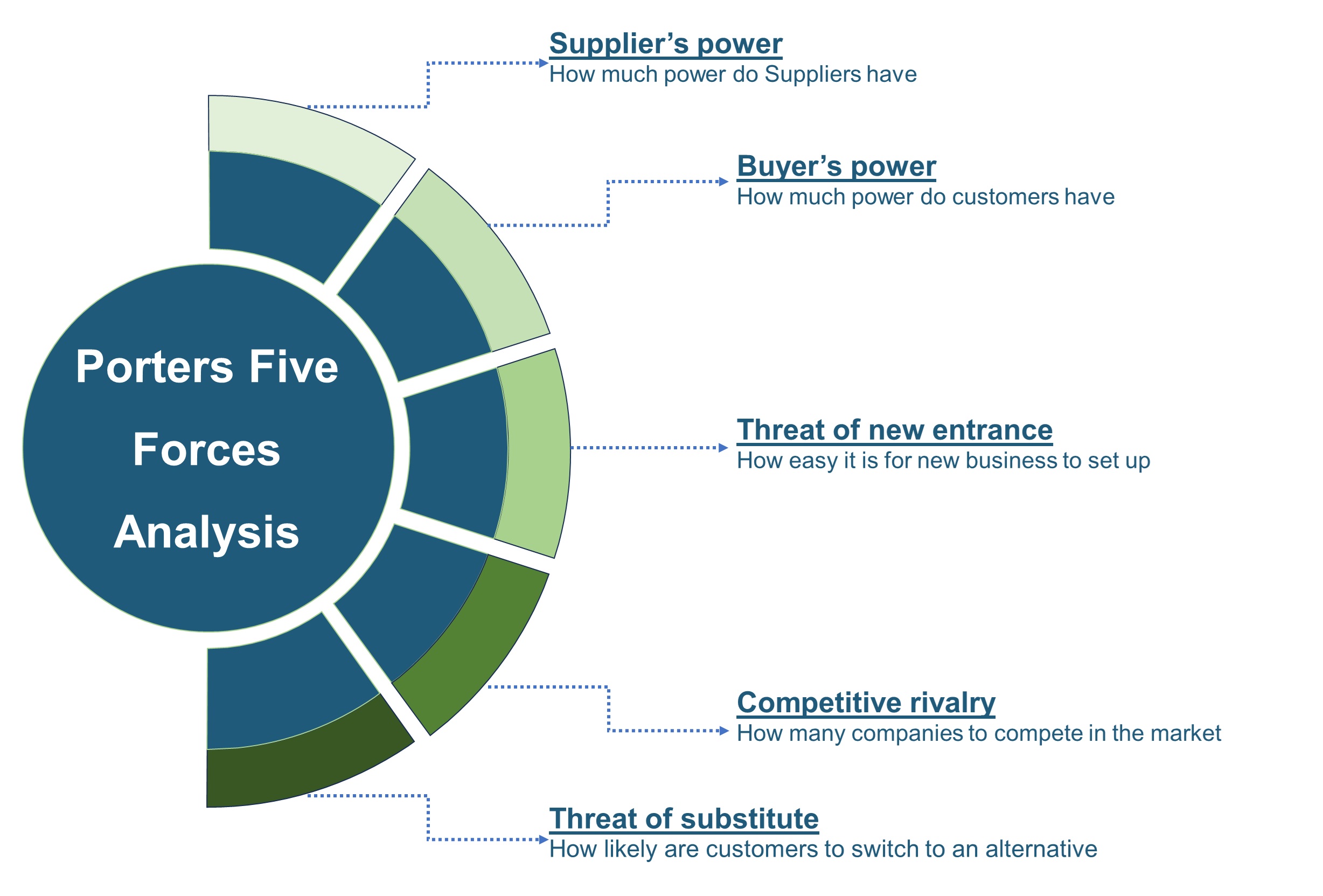

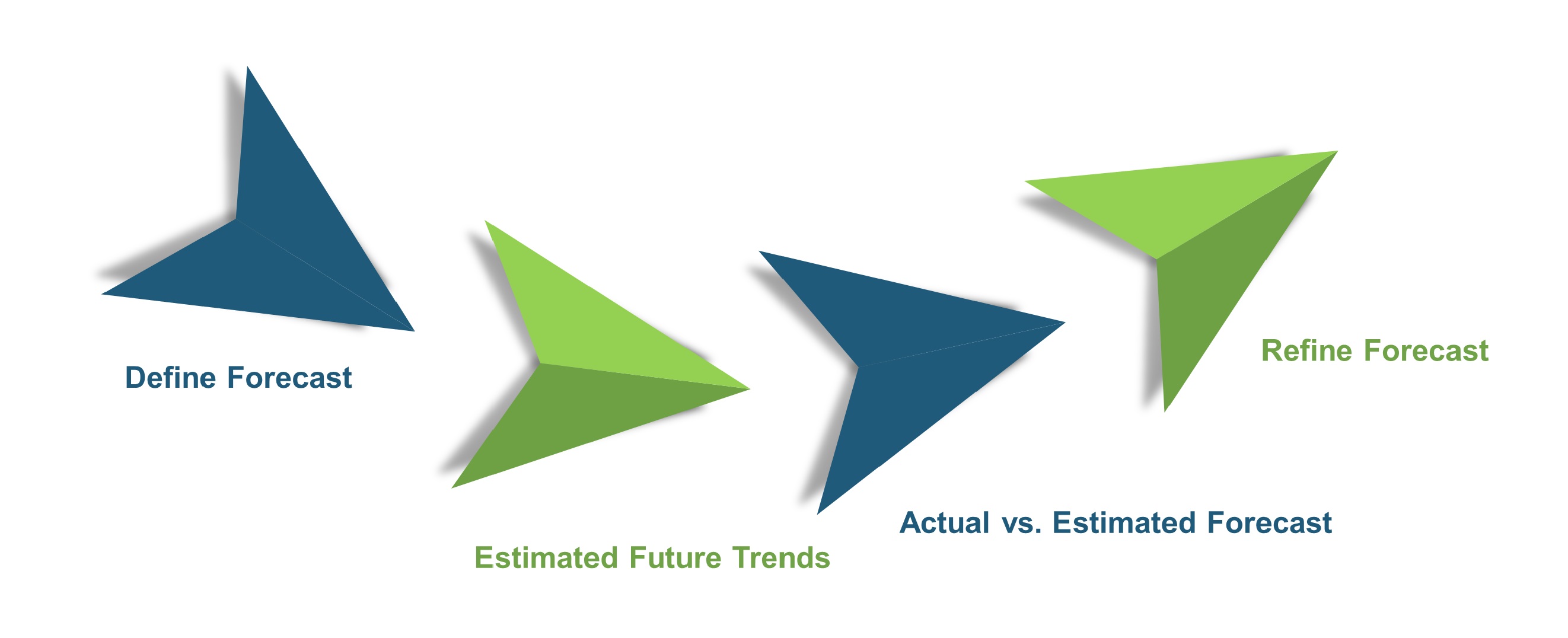
 Speak to Our Analyst
Speak to Our Analyst



